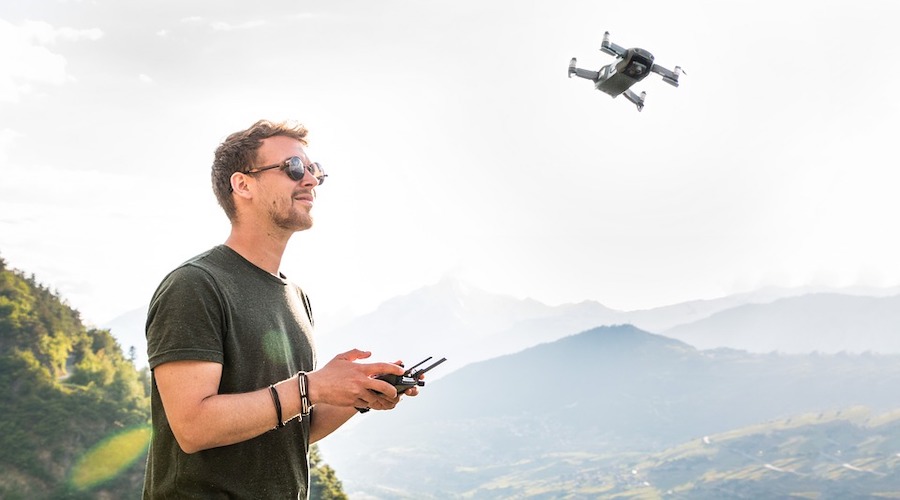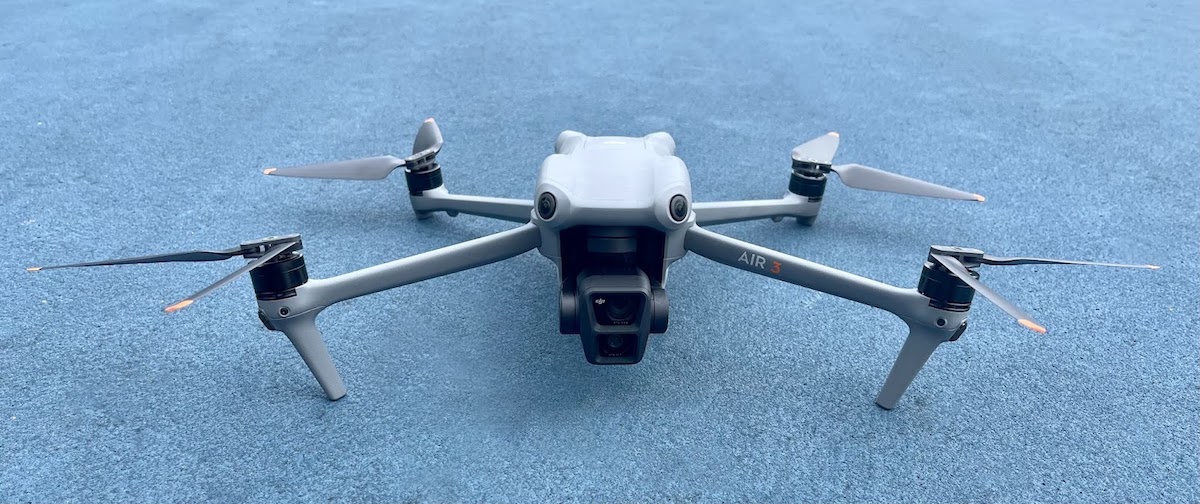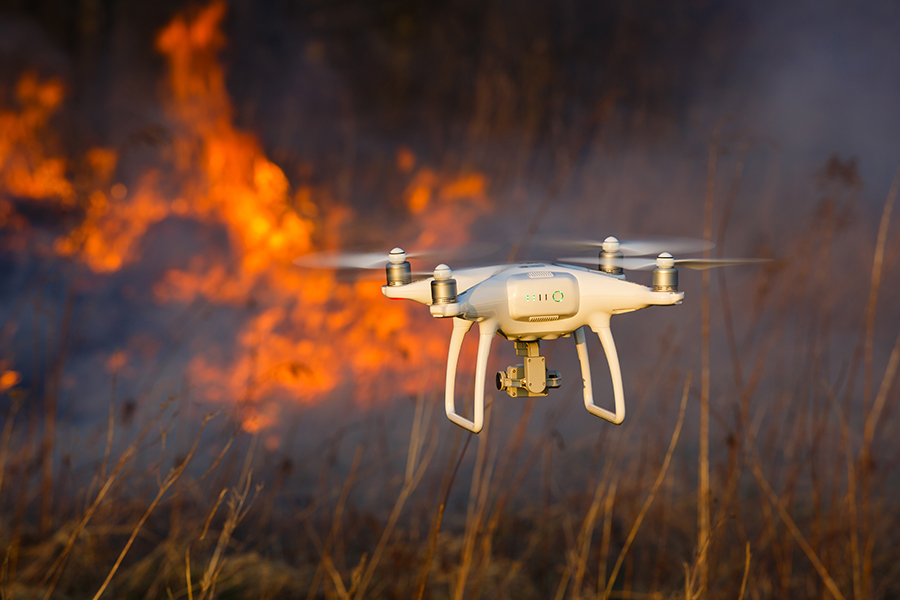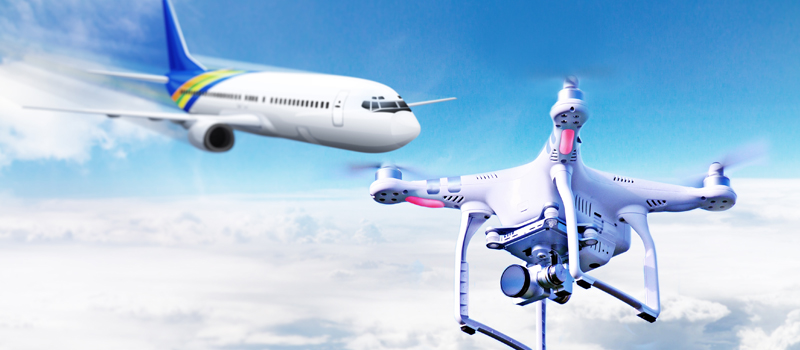A few years ago, no one would have thought that a person with no formal aviation training could be considered an airman. However, that is what drone pilots are considered now – airmen, in their own right. Thus, being a drone pilot is now aspired to not just for the fun of flying a drone, but also because of a sense of prestige for the title
How does one go about the process of being a drone pilot? Aside from developing the requisite skills and knowledge needed to safely operate a drone, there are also a few federal requirements to satisfy. The following are the basic steps to follow to turn a beginner into a full-fledged drone pilot.
1. Practice with a cheap, easy-to-learn drone first
Beginner drone pilots are advised not to practice on some high-end drone that costs more than a thousand dollars. Not only will you end feeling bad when you (inevitably) crash your drone, but most high-end drones aren’t designed to cater to beginner drone pilots. They might not have features that are specifically included to ease the learning process of drone flight.
There are a lot of beginner-friendly drones that cost less than $100. The great thing about these cheap drones is that they are usually so compact and lightweight that they can survive a few crashes before they start to suffer any lasting damage. If you want a model that’s made for learning, you should be on the lookout for a model that has either a Headless Mode or a Beginner Mode.
Headless Mode makes the drone orient relative to the position of the remote controller, making it easier for you to know which way is forward, back, left, or right. In Beginner Mode, the speed and gain of the controller are throttled so that you never lose control of the drone. It also sets up a virtual “geofence” so that the drone cannot fly more than a few feet away from you.
Just keep in mind that flying with these “handicaps” for too long will build bad flying habits, so you should strive to ease yourself to flying in normal mode as soon as you can. If your drone has no GPS capability, then that would be even better practice as GPS-aided stabilization tends to make hovering way too easy.
Once you’re comfortable enough with the basic controls of your entry-level drone, then it’s time to move up to something more capable. At this point, your decision may vary based on how confident you are with your skills and how much you’re willing to spend.
There are several ultra-portable camera drones that cost less than $1000 that are good enough for professional work. These “prosumer” drones represent a good middle-ground between drones that are easy to fly yet have premium features.
If you’re willing to go all the way, then you can go beyond the $1000 threshold and get a professional-grade drone. These drones have some of the best cameras in the industry, intelligent functions, and sophisticated sensor arrays. They are the most suitable for professional drone work because of how reliable and versatile they are.
2. Register your drone
As soon as you get a drone, whether it’s the one for your practice or the one for your professional work, the first thing to check would be its total weight. If it weighs more than 0.55 pounds, then you’ll have to register the drone with the FAA before you can fly it. Micro-drones might be able to fly below the threshold, but just about all camera drones (including ultra-portable ones) will likely have to be registered.
Fortunately, FAA drone registration is cheap and can be done quickly. Simply sign up for an account on the FAA DroneZone website, provide your personal details plus a few details about your drone, and pay the $5 registration fee. If you plan on using your drone for commercial purposes, then it would be a good idea to have it registered separately.
Upon successful registration, you should receive a unique registration via e-mail. You will then have to mark your drone visibly with its registration number. You can do this simply with a permanent marker. The important thing is that the number is easily visible on the body of the drone upon visual inspection.
3. Learn about the more advanced aspects of drone flight, safety, and regulations
Now that you have your mid-range to high-end drone in tow, it’s time to learn about drone flight beyond just the basics. Of course, you’ll still need to practice flying your new drone. This is the perfect time to take a more technical approach towards drone flight. Start by becoming familiar with the language. Terms such as yaw, pitch, and roll should be second nature to drone pilots. As important as knowing what these terms mean is the ability to pull them off in the real world.
This is also the best time to learn about the fundamentals of drone flight. Noteworthy lessons include how propellers work to generate lift, how atmospheric conditions affect drone flight and the role that the drone’s sensors and controllers play. Understanding these lessons is the key to being able to troubleshoot problems with your drone and knowing what the best conditions are to fly your drone.
Safety is the top priority when flying a drone. More than keeping your drone from getting damaged, you should always strive to never cause any damage to property or injury to people or animals around you. There are a lot of safety practices in which you should consider standard parts of your operating procedures. These include doing a pre-flight inspection of your drone, keeping it within visual line-of-sight, scanning the sky for obstacles and other flight hazards, and not flying directly over other people and moving vehicles.
Part of safe operations includes complying with all applicable federal regulations. Whether you’re flying commercially or for fun, there are certain flight restrictions that all drone pilots need to follow. Some of the most important of these regulations involve the restriction of drone flight in controlled airspace, or in the areas immediately surrounding airports. Near encounters between drones and manned aircraft is something that the FAA works hard to avoid in the interest of airspace safety.
To check if you are in controlled airspace, the primary source of information should always be the sectional charts. However, bringing a book of sectional charts wherever you fly is simply impractical. A more convenient solution is provided by drone flight planning apps that can be installed on your smartphone. Through these apps, you can view a map of your current location plus any flight restrictions in your area.
4. Earn your Part 107 remote pilot certificate
Everything you’ve learned about the advanced topics in drone flight, aerodynamics, weather conditions, safety protocols, and federal regulations will serve as preparation for earning your Part 107 remote pilot certificate. Established by the FAA as the legal framework for commercial drone operations in the US, the remote pilot certificate is what is needed for you to be officially recognized as a “drone pilot.”
Part of the thrust of the FAA in establishing the Part 107 remote pilot certificate is to maintain a standard level of knowledge and proficiency in all commercial drone pilots. This is done through the Part 107 knowledge test, a 60-item multiple-choice test that covers various topics related to aviation, including how to read sectional charts and how to interpret weather reports. A drone pilot has to get 70% of the items in the test correctly to earn the drone license.
Preparing for the knowledge test is a big part of the Part 107 certification process. Most of the things you will learn while studying will come in handy, in one way or the other, during your career as a professional drone pilot. Being a licensed drone pilot means that the FAA considers you as part of the fleet of airmen. As such, you will also bear the responsibilities of being one, among which is maintaining the safety of national airspace.
Once you’ve managed to pass the knowledge test, you will have to go through a background check by the TSA. The TSA will mostly check for any aviation-related misdemeanors in your history. This can take anywhere between a week to two months, although you don’t really have to do anything. You’ll know you’ve passed the background check when you receive an e-mail from the FAA containing your temporary certificate. Print this out, bring it with you, and you’re good to go! You are now a “drone pilot” in an official capacity and can start earning with your drone legally.
While your temporary certificate remains valid, your permanent certificate should be making its way to you via regular mail. The Part 107 remote pilot certificate is valid for 24 months, after which you’ll need to take and pass a recurrent knowledge test to renew your privileges as a professional drone pilot.
5. Obey FAA regulations and local laws
Having a Part 107 remote pilot certificate means that you are now free to market your drone services and accept payment for them. These can include on-site services such as event coverage or surveys or simply the selling of aerial photos and videos online.
The privilege of flying a drone commercially comes with the responsibilities of being a licensed drone pilot. This includes complying with all Part 107 regulations. Of particular importance are the regulations that are unique to drone pilots who fly commercially, including the requirements on the documentation of flights and the reporting of drone-related accidents.
The FAA grants waivers to Part 107-licensed drone pilots in case they need to “color outside the lines” a bit and operate commercially in otherwise restricted conditions. The waiver provision is only available for certain flight restrictions and will only be granted, upon the discretion of the FAA, if a drone pilot demonstrates thorough risk management of the situation.
Aside from federal regulations, a drone pilot must also remain aware of local laws on drone flight. The FAA may have authority on national airspace but public concern about the safety and privacy issues related to drone flight has prompted many local governments to enact their own drone-related laws.
In terms of awareness, these local laws can prove to be even more challenging for drone pilots. Since states and cities can have their own set of laws, there remain no over-arching laws on drone flight that are applicable to all locations. There is also no centralized source of this information.
Instead, you’ll have to do your own research whenever you conduct commercial drone operations. This can be very important for professional drone pilots as the jobs they do can often require them to travel to places where the laws are not so familiar.
Final thoughts
Here’s the thing about being a drone pilot: anyone who can fly a drone can be called a drone pilot but being officially called one will require that you be recognized by the FAA. The process can be tough and long, especially if you’re still new to the whole world of drone technology.
Being a “drone pilot” is a lot less elegant than it sounds. On the way to earning your license, you’ll probably have to pore through maps and books, watch hours of instructional videos, and get your drone into one or two crashes. However, all the hard work is worth it to get into an industry that’s still young and on the rise.



